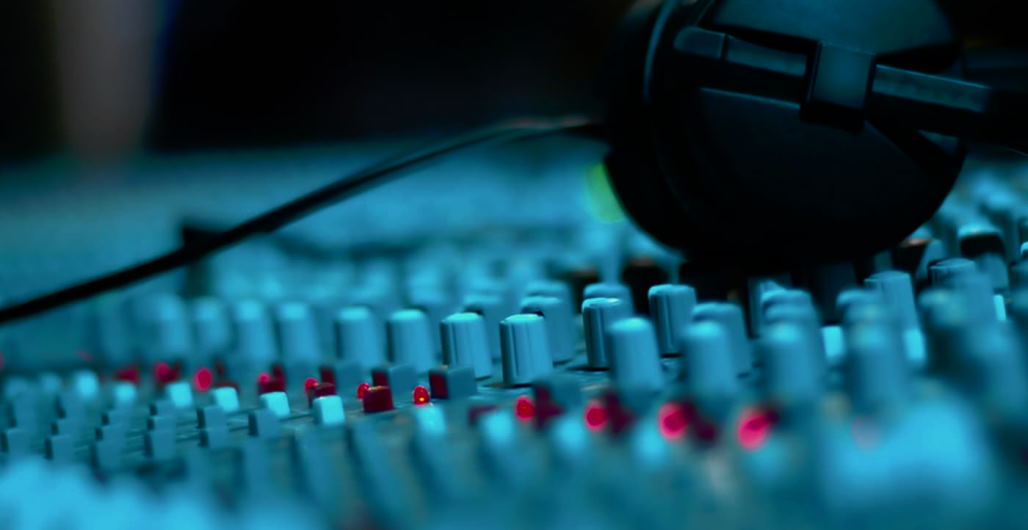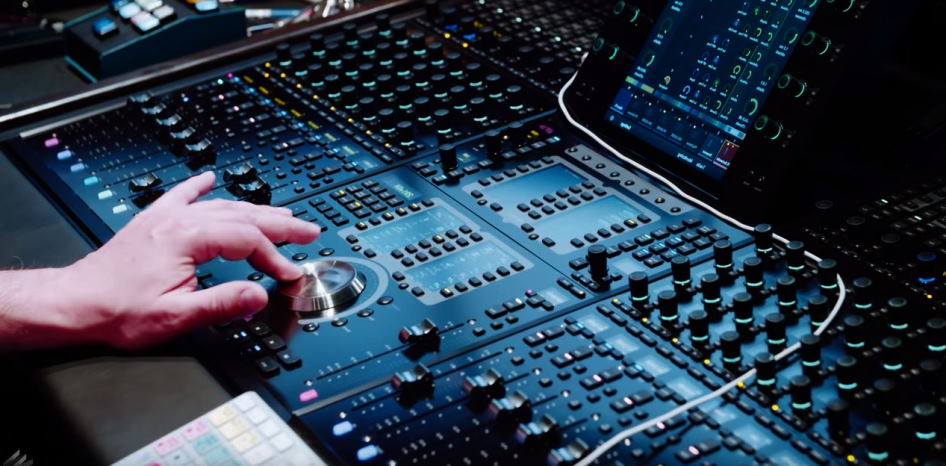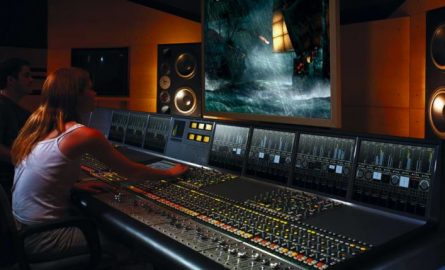Sound design is one of filmmaking’s most important but often underrated aspects. The right soundscape can make a scene more immersive, add tension and suspense, or provide comic relief. This blog post will explore tips and tricks for creating rich and engaging soundscapes in your films. Whether working with a limited budget or having access to top-of-the-line equipment, these tips will help you get the most out of your audio. Let’s dive in!
Master the art of sound design in film and stand out in the crowded movie industry
As a sound designer, you have the unique ability to create and manipulate audio to create a desired effect or mood in a film. To succeed in this field, it is important to have a strong understanding of the different types of sounds that can be used and how to use them in a movie effectively.
One of the most important aspects of sound design is creating diegetic and nondiegetic sounds. Diegetic sounds are those that come from within the world of the film, such as dialogue, music, and sound effects. Nondiegetic sounds, on the other hand, do not come from within the world of the film and are typically used for things like narration or voice-over.
Another important aspect of sound design is understanding how to use Foley. Foley is the process of creating sounds not originally recorded with the film, such as footsteps or clothing rustling. This can be done by using studio objects or recording sounds outdoors.
Finally, it is also important to understand how to mix and edit audio. This includes knowing how to balance different tracks, as well as how to add effects such as reverb or delay. With a strong understanding of these concepts, you will be well on becoming a successful sound designer in the film industry.

Maximize your impact and attract audiences with the art of sound in film
If you’re a filmmaker, you know that the art of sound is essential to creating a great film. Without well-designed and placed sound, your film can feel flat, boring, or even incomplete.
Sound design involves choosing the right music to enhance your film’s mood to creating sound effects that add realism and immersion. And if you want to maximize your film’s impact and attract audiences, you need to understand how to use the art of sound in film.
Here are some tips on how to use sound in film:
- Use music to set the tone
Music is one of the most powerful tools at your disposal when setting the tone of your film. The right piece of music can instantly convey the mood and atmosphere you’re trying to create.
- Use sound effects to add realism
Sound effects are essential for creating a realistic and immersive experience for your audience. Whether it’s the sound of footsteps on gravel or the sound of a car engine, sound effects can make all the difference in how believable and engaging your film is.

- Use Foley to enhance scenes
Foley is the process of creating artificial sounds to enhance scenes in a film. This can be anything from someone opening the door to the sound of leaves rustling in the wind. Foley can help to make a scene more realistic and immersive.
- Use diegetic sound wisely
Diegetic sound is any sound that comes from within the world of the film. This can be anything from dialogue to the sound of a character’s heartbeat. Diegetic sound can be used to create a sense of realism, but it can also be used to manipulate the audience’s emotions.
- Use nondiegetic sound sparingly
Nondiegetic sound is any sound that comes from outside the world of the film. This can include music, narration, or even sound effects. Nondiegetic sound can be used to great effect, but it should be used sparingly not to overwhelm the audience.




